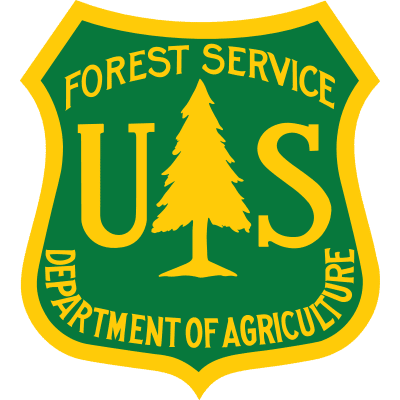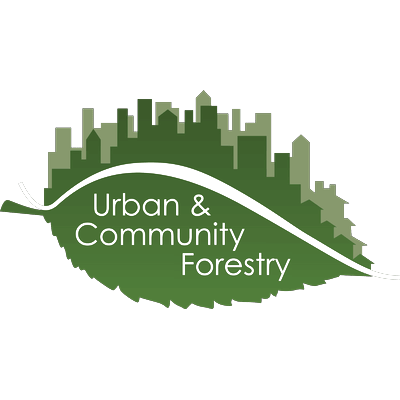The Right Tree in the Right Place
A healthy community forest begins with careful planning. With a little research and a simple layout, you can produce a landscape that will cool your home in summer and tame the winter winds. Your well-planned yard will contain trees that grow well in the soil and moisture of your neighborhood. Your trees will be properly placed to avoid collisions with power lines and buildings, and the aesthetics will increase your property value.
A proper landscape plan takes each tree into consideration:
- Height. Will the tree bump into anything when it is fully grown? [sizing guide]
- Canopy spread. How wide will the tree grow?
- Is the tree deciduous or evergreen? (Will it lose its leaves in the winter?)
- Form or shape. A columnar tree will grow in less space. Round and V-Shaped species provide the most shade. [shape guide]
- Growth rate. How long will it take for your tree to reach its full height? Slow growing species typically live longer than fast growing species.
- Soil, sun, and moisture requirements.
- Fruit. No one wants messy droppings on busy sidewalks.
- Hardiness zone indicates the temperature extremes in which a tree can be expected to grow. For the purposes of this quiz hardiness zone considerations have been disregarded. Check with your community's tree board or forestry department or a local county cooperative extension agent for a list of trees suitable for planting in your specific hardiness zone. (Arborday.org hardiness zones lookup.)
We have developed a quiz to help you learn how the characteristics of trees influence how and where they should be planted.
Illustrations
Other Resources
Tree City USA Bulletin: The Right Tree for the Right Place





